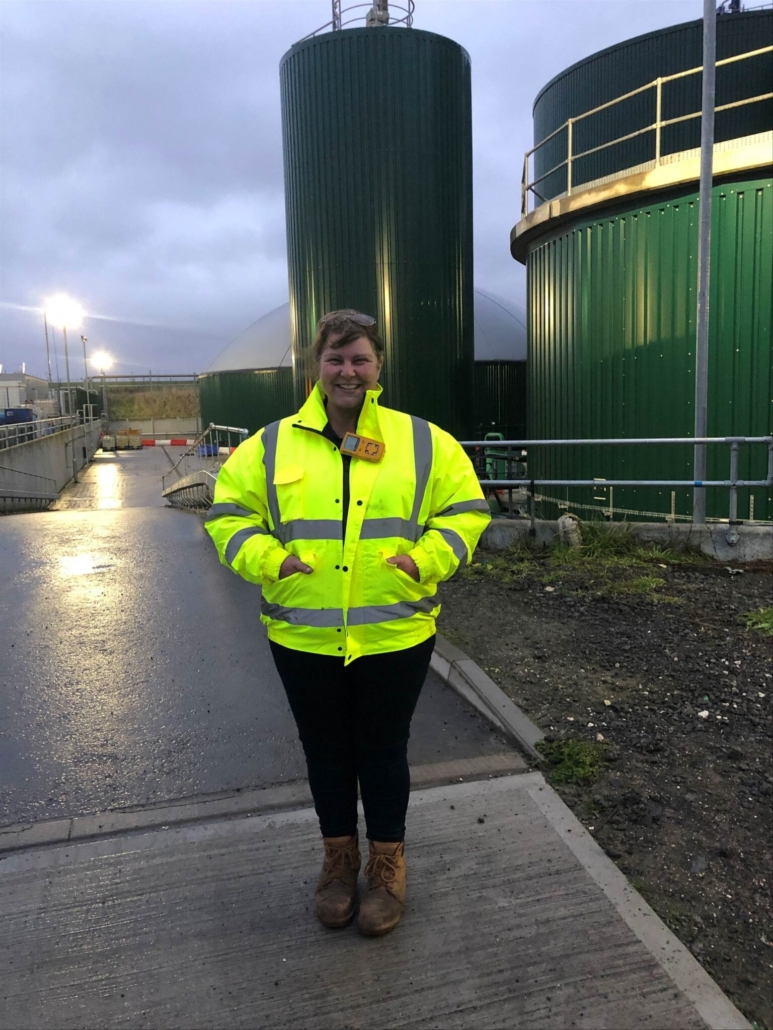By Alison Dring
For an anaerobic digestion (AD) plant to operate effectively, the operations team must ensure the site is safe, comply with all relevant regulations and pay attention to the needs of the biological processes occurring in the digestor itself.
As operational support manager at Eco Verde Energy (EVE), a major part of my role is managing AD plants, to optimise their performance while adhering to all necessary protocols and restrictions. This involves perfecting all aspects of operations on the site to achieve the desired results.
Read on for a summary of the key areas of focus needed to effectively operate an AD plant.
1. Health and safety in anaerobic digestion
Anyone operating an AD plant must remember that biological processes can have associated risks, however, with thorough health and safety risk assessments, and a well operated system anaerobic digestion is safe.
Gas as we know is explosive in the wrong atmospheric environment and hydrogen sulphide, which is produced by some bacteria under anaerobic conditions, is toxic. At all AD plants is it a legal requirement to have DSEAR assessments and relevant processes in place to ensure the highest health and safety.
There are also risks associated with the use of equipment and vehicles, as with most construction and manufacturing sites. As with any workplace, a full risk assessment must be in place, and precautions to reduce risks must be implemented.
2. AD operations team management
For a team to function effectively, each person must understand their job role and responsibilities. The manager must also be aware of every team member’s level of experience and the training they have received.
There are opportunities for upskilling from the standard AD operations role, which can improve the effectiveness of the whole team. I usually talk to team members to identify who may be willing and ready to take on specific responsibilities, such as becoming a site H&S or compliance officer. This involves extra training, such as an IOSH qualification for H&S, or training to learn how to ensure the AD plant remains compliant with all permits and regulations that apply.
Having a couple of team members qualified and fully competent in these areas adds flexibility to the staffing rota, as it makes it possible to always have fully qualified team members on each shift.
3. Adhering to AD permit allowances
It is essential that the operations team adhere to what the site’s Environment Agency (EA) permit allows. This may include limitations around total volumes of feedstock processed, or limits on the intake of certain types of feedstock.
For example, some EA permitted sites use animal by-products, as a feedstock. These are classified by APHA (Animal Plant and Health Agency) as a category three animal by-product, which means extra regulations need to be adhered to, like only bringing a limited quantity of the feedstock onto the site each day. To check adherence to this, the daily waste transfer notes for incoming feedstocks can be analysed to ensure that daily limits are not exceeded.
All types of waste feedstock have a European Waste Code (EWC), which must be checked before the product is unloaded on-site as part of the acceptance procedure. The incoming material’s EWC must match the EWC allowed on the site permit. It is essential that the team are confident in applying these compliance procedures.
Not all AD plants have a permit. For example, agricultural AD plants run purely on maize and rye do not have to be permitted, however they must still comply with workplace H&S regulations. Non-permitted sites are also limited to processing a maximum of 100 tonnes per day, so must apply for an EA permit if they wish to exceed this.
4. Monitoring AD biology
The most overlooked element in AD operations is careful monitoring of the plant’s biology, yet this is essential to ensuring optimal performance. Every AD site should have a laboratory equipped with a titration machine to use for daily measuring of temperature, pH, FOS/TAC, dry matter, sulphate, chloride, chemical oxygen demand (COD), total nitrogen and ammonia.
FOS/TAC is an effective measure of stability in the digestion process, which takes into account the levels of volatile organic acids and total inorganic carbon. FOS/TAC measurements should remain consistent, with a very small tolerance for variation from day to day. If there is variation outside of tolerance levels, this is an early indicator that something is not right in the digestion process and should serve as a call for investigation.
The feedstock is the best place to start when looking into digestion problems. AD plants are used to being fed at regular intervals, often every three hours, but it can be as frequent as hourly on some plants. Maintaining feeding times but limiting input by halving the rate of feedstock can help the biology inside the digestors to stabilise. Another option is to add warm water at the usual feed times, as this satisfies the need for something being added at the usual time, while diluting the contents of the digestion tank, again allowing the biological processes to stabilise.
5. Opportunities for AD plants
Beyond close monitoring of biology, good team management and adhering to regulations and permitting requirements, there are further opportunities for AD plants to improve.
One option for a fully operational AD plant is to become PAS110 compliant. Achieving PAS110 certification, makes the digestate a much more attractive product, which farmers are prepared to pay for and use. Both the cake and liquid digestates can be applied to agricultural land without any of the stringent restrictions on the quantity applied per hectare which are in place for digestate from non PAS110 compliant plants.
Operating an AD plant is a serious undertaking, however focusing on the key areas mentioned can help pave the way towards effective operations. To find out more on services offered by EVE, including operations, contact the team on +44 (0) 1353 494420.



